Ultra-deep radio telescope catches what Hubble can’t

As great as Hubble is, it can only see a narrow range of light, which means it can only see a sliver of the Universe. Want more?
“We conducted the first fully blind, three-dimensional search for cool gas in the early universe. Through this, we discovered a population of galaxies that is not clearly evident in any other deep surveys of the sky.” –Chris Carilli
For the past 25 years, Hubble has captured our deepest views of the Universe, unveiling galaxies never before seen.
https://players.brightcove.net/2097119709001/4kXWOFbfYx_default/index.html?videoId=5140669017001
By viewing an otherwise blank patch of the sky for hours, days or even weeks, it’s revealed the faint, distant Universe like never before.
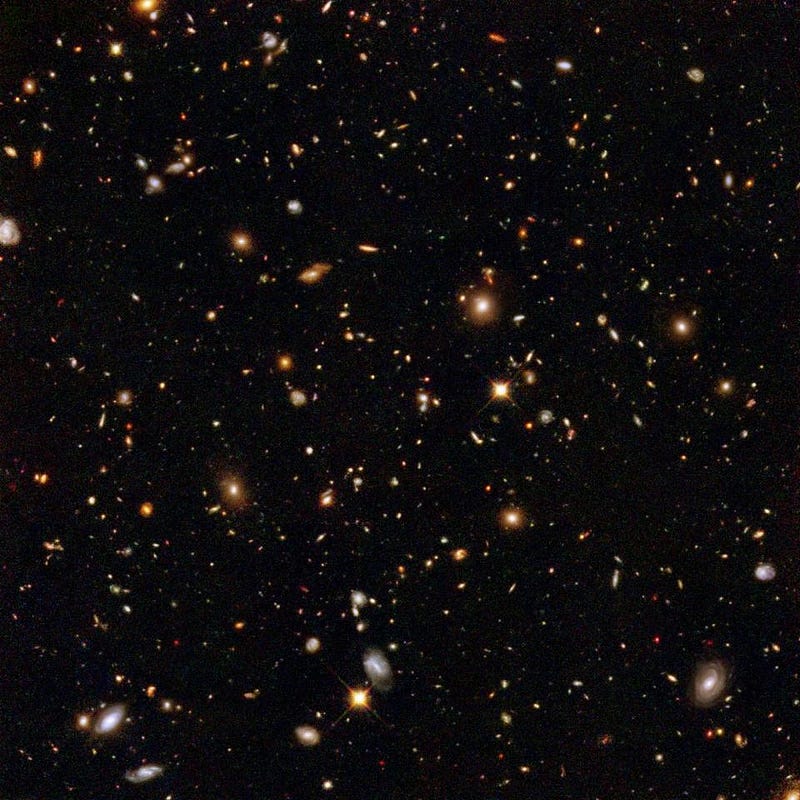
Hubble can only expose visible and near-infrared light; it can only see stars. But there’s much more to the Universe.
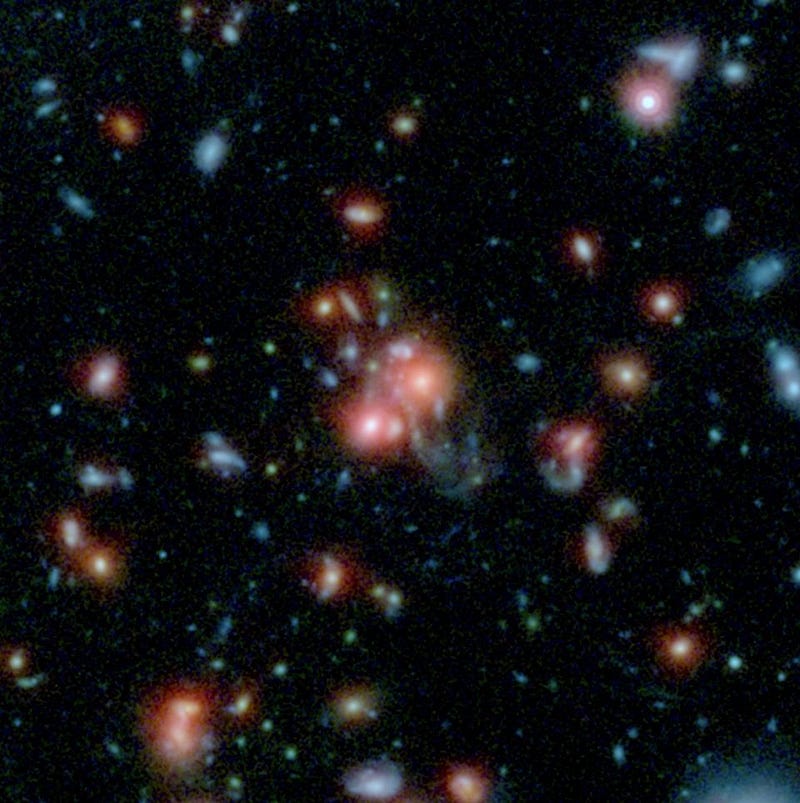
Most of the normal matter in the Universe is present in the forms of plasma and neutral gas, not stars.

Although Hubble cannot see this gas, it emits light nonetheless, just at longer (radio) wavelengths.
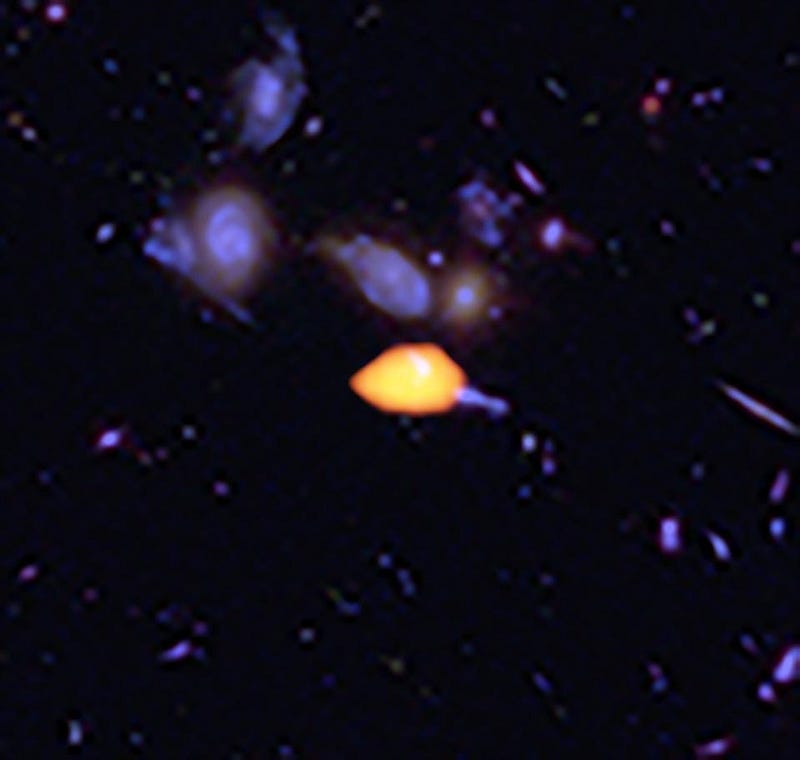
For the first time, an ultra-deep radio telescope has caught it, showing us these cold, raw materials needed for star formation.
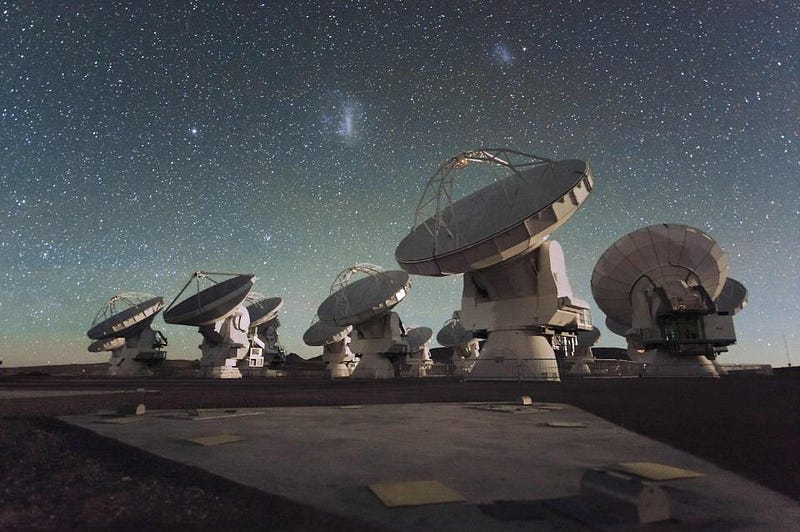
Scientists using the Atacama Large Millimeter/submillimeter Array (ALMA) surveyed the same dark patch of sky as Hubble, most sensitive to the radio signal of molecular carbon monoxide (CO).
As expected, younger, more distant galaxies have more gas to go along with fewer stars.
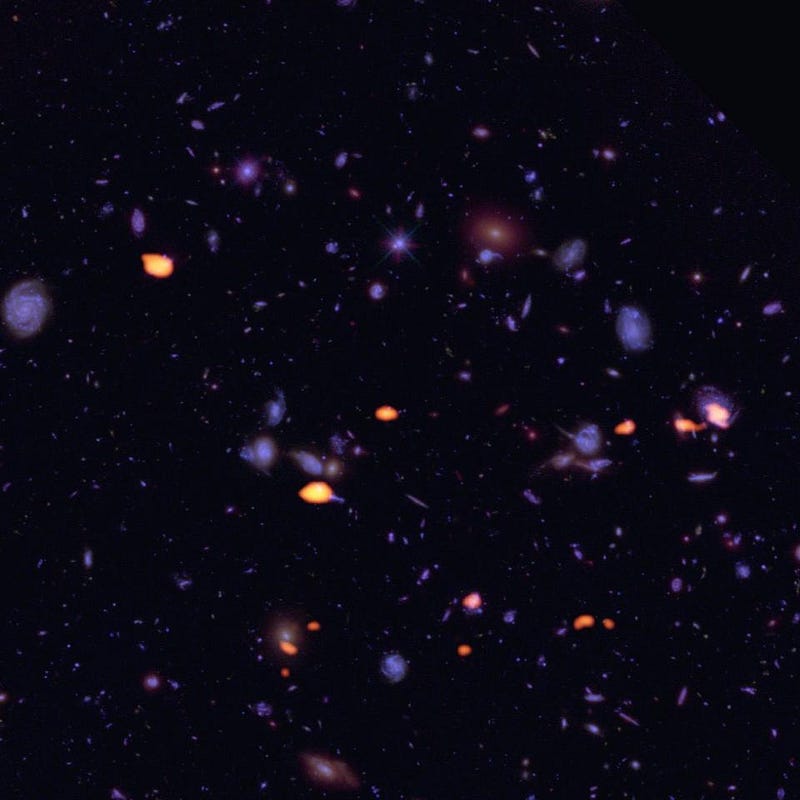
The biggest takeaway? The galaxies found closest to the Big Bang are the most gas-rich.
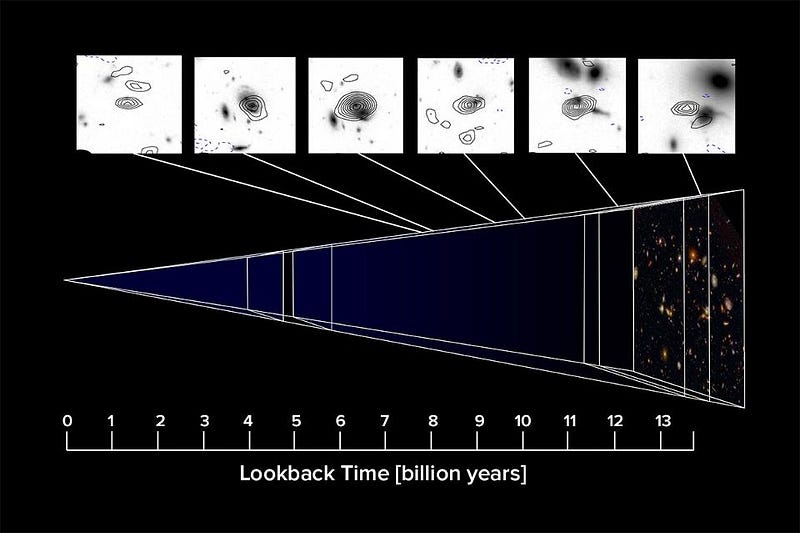
Star formation peaks after just three billion years, as the gas gets depleted.
Mostly Mute Monday tells a story about an astronomical phenomenon in pictures, video, and 200 words or under every week here on Starts With A Bang.
This post first appeared at Forbes, and is brought to you ad-free by our Patreon supporters. Comment on our forum, & buy our first book: Beyond The Galaxy!





